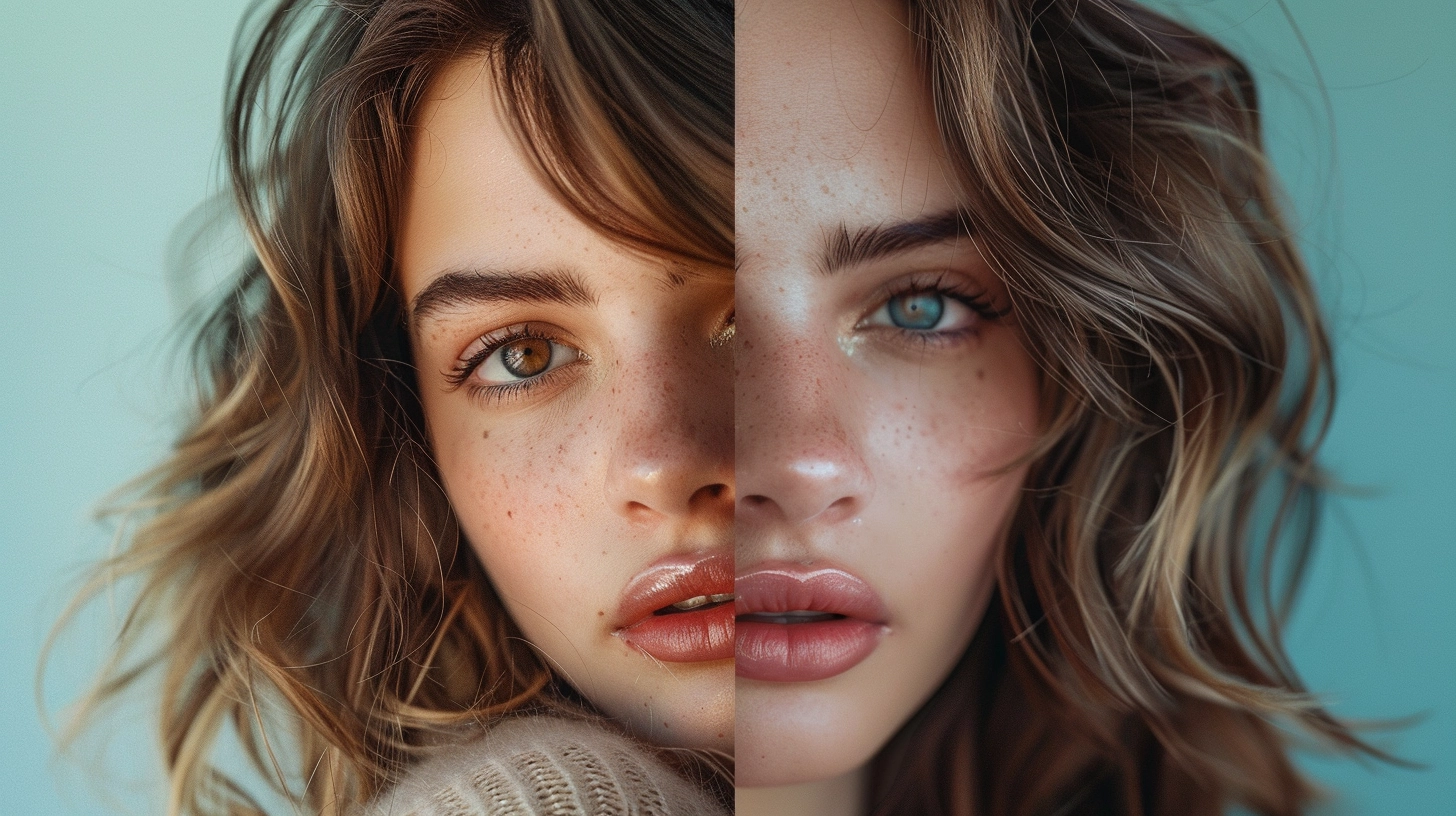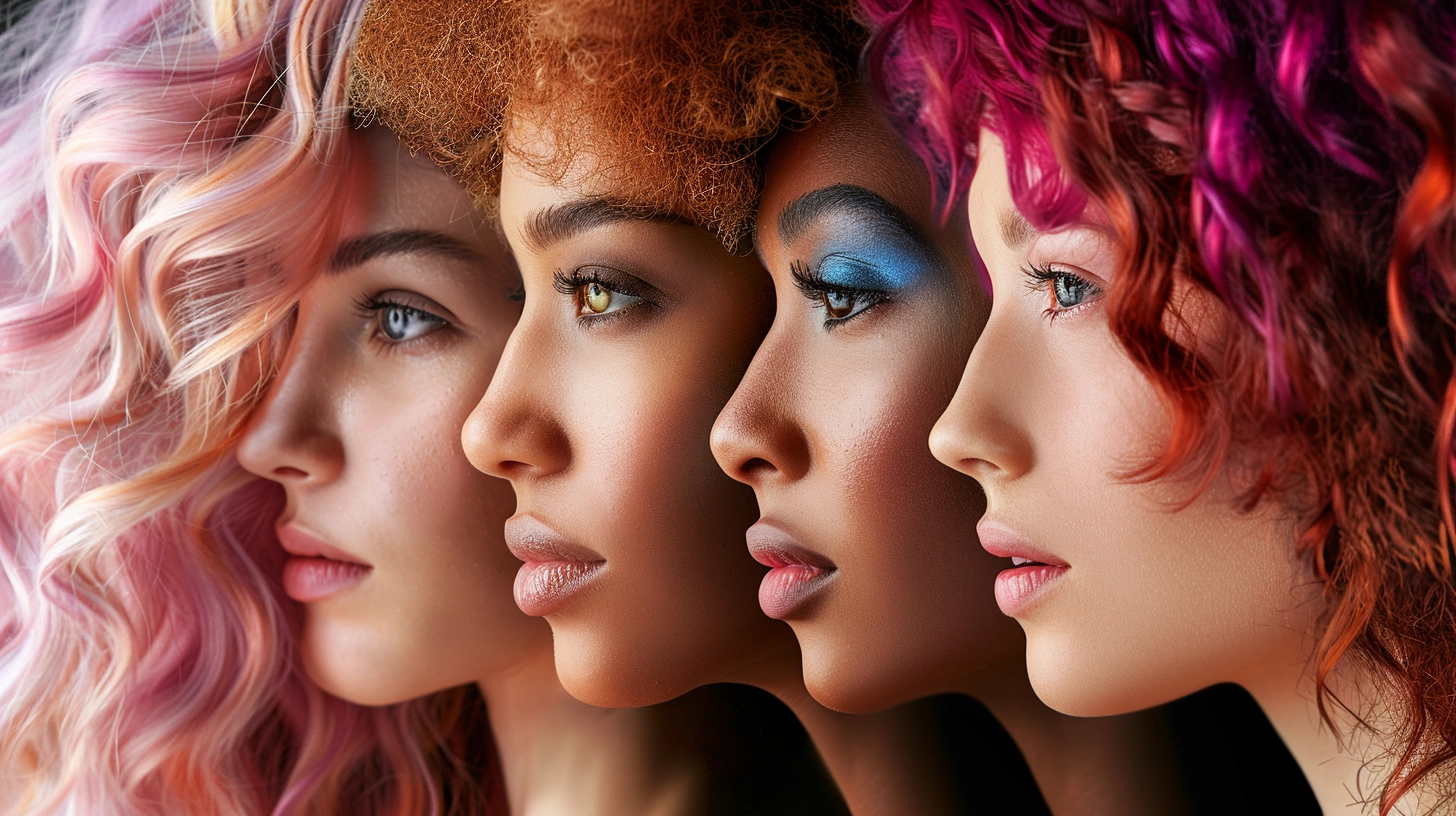· 6 min read
Is Face Swapping Illegal? What You Need to Know
Face swapping technology allows users to superimpose one persons face onto anothers image

Is Face Swapping Illegal? What You Need to Know
I. Legal Considerations of Face Swapping
A. Legality of Face Swapping
The legality of Face Swap technology varies by jurisdiction. While some regions may have more permissive laws, others may impose stricter regulations or even prohibit certain applications of Face Swap. It is crucial to understand the potential legal issues that can arise from the use of this technology, including concerns around privacy, intellectual property rights, and the potential for fraud and impersonation.
B. Ethical Implications
The use of Face Swap technology raises important ethical considerations. The issues of consent and privacy are paramount, as Face Swap can involve the use of personal images without the individual’s permission. Additionally, the potential for misuse and the impact on both individuals and society as a whole must be carefully considered.
II. Privacy and Consent
A. Privacy Concerns
The use of personal images in Face Swap applications can raise significant privacy concerns. Individuals may feel that their privacy has been violated if their image is used without their knowledge or consent, potentially leading to embarrassment, harm, or other negative consequences.
B. Consent
Obtaining the consent of individuals whose images are used in Face Swap is crucial. However, this can be challenging, as the nature of the technology may make it difficult to obtain explicit consent in all cases. It is important to understand the exceptions and limitations to the requirement of consent, as well as the potential legal and ethical implications of using Face Swap without proper consent.
III. Intellectual Property Rights
A. Copyright and Trademarks
The use of copyrighted or trademarked images in Face Swap applications can raise intellectual property concerns. Creators and owners of these images may have the right to control how their work is used, and the unauthorized use of such images in Face Swap could potentially be considered infringement.
B. Personality Rights
In addition to copyright and trademark concerns, the use of an individual’s likeness or image in a Face Swap application may also implicate personality rights, such as the right of publicity. These rights can vary by jurisdiction and may need to be considered when developing or using Face Swap technology.
IV. Fraud and Impersonation
A. Deceptive Use of Face Swapping
The Face Swap technology can be misused for deceptive purposes, such as impersonation and identity theft. This can lead to financial fraud, scams, and other malicious activities that can have serious consequences for both the victims and the perpetrators.
B. Legal Consequences
The deceptive use of Face Swap technology can result in criminal charges, such as fraud, as well as civil liability for the individuals or organizations responsible. It is important to understand the potential legal consequences of misusing this technology and to take appropriate measures to prevent such misuse.
V. Regulatory Frameworks
A. International Regulations
At the international level, regulations such as the General Data Protection Regulation (GDPR) in the European Union have implications for the use of Face Swap technology. Other countries and regions may also have specific laws and guidelines that govern the use of this technology.
B. National and Local Laws
The legal landscape for Face Swap technology can vary significantly across different countries, states, and municipalities. It is essential to research and understand the specific laws and regulations that apply in the relevant jurisdictions where the Face Swap technology is being developed or used.
VI. Responsible Use of Face Swapping
A. Ethical Considerations
When using Face Swap technology, it is crucial to consider the ethical implications of the technology. This includes respecting individual privacy and consent, as well as avoiding potential misuse and the resulting harm to individuals and society.
B. Best Practices
To ensure the responsible use of Face Swap technology, it is important to establish and follow best practices. This may include obtaining necessary permissions, ensuring transparency and disclosure, and implementing safeguards against misuse.
Applying the Face Swap
Step 1: Aligning the Faces
Once you have the two images loaded, the next step is to align the faces in the images. This is crucial for the Face Swap to look natural and seamless. You can use the “Align Faces” tool in your image editing software to automatically align the faces, or you can do it manually by adjusting the size, position, and rotation of the faces.
Step 2: Masking the Faces
After aligning the faces, you need to create a mask for each face. This will allow you to isolate the face from the rest of the image. You can use the selection tools in your image editing software to create a precise mask around the face, or you can use a tool specifically designed for face detection and masking.
Step 3: Blending the Faces
Now that you have the masks for both faces, it’s time to blend them together. This is where the actual Face Swap happens. You can use the “Blend” tool in your image editing software to seamlessly blend the two faces together. Experiment with different blending modes and opacity settings to achieve the desired result.
Step 4: Refining the Face Swap
Once you’ve blended the faces, take a close look at the result. You may need to make some adjustments to ensure the Face Swap looks natural and realistic. This could include fine-tuning the alignment, adjusting the lighting and shadows, or even adding some texture or detail to the swapped face.
Step 5: Finalizing the Image
After you’ve refined the Face Swap, it’s time to finalize the image. This may involve adding any additional elements, such as a background or other objects, to create a complete and polished composition. You can also apply any final color corrections or adjustments to the overall image.
Tips for a Successful Face Swap
Tip 1: Choose Suitable Images
When selecting images for a Face Swap, it’s important to choose ones that have similar lighting, angles, and expressions. This will make the blending process much easier and result in a more natural-looking final image.
Tip 2: Pay Attention to Proportions
Make sure that the proportions of the swapped faces are consistent. This means that the size, shape, and features of the faces should match as closely as possible. Adjusting the scale and position of the faces can help achieve this.
Tip 3: Blend Seamlessly
The key to a successful Face Swap is to blend the faces seamlessly. This means ensuring that the edges of the mask are perfectly blended, the lighting and shadows are consistent, and the overall texture and skin tone match between the two faces.
Tip 4: Add Realism
To make the Face Swap look more realistic, consider adding subtle details, such as skin texture, pores, and blemishes, to the swapped face. This can help it blend more naturally with the rest of the image.
Tip 5: Practice and Experiment
Like any digital editing technique, the more you practice Face Swapping, the better you’ll become. Don’t be afraid to experiment with different techniques and approaches to find what works best for you.
Conclusion
Face Swapping is a powerful and creative technique that can be used to create all sorts of interesting and amusing images. By following the steps outlined in this tutorial and applying the tips for a successful Face Swap, you can create seamless and realistic-looking results. Remember to have fun with the process and don’t be afraid to experiment and explore the full potential of this technique.




